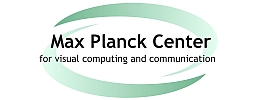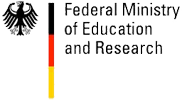| Foto | First Name | Last Name | Position |
|---|---|---|---|
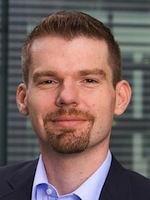 |
Christian | Theobalt | Graphics, Vision, Video |
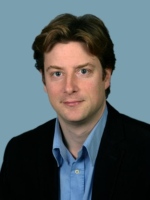 |
Thorsten | Thormählen | Image-based 3D Scene Analysis |
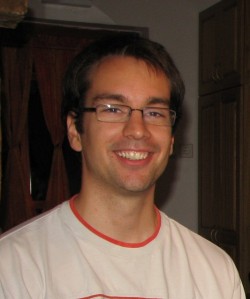 |
Peter | Vajda | Personalized TeleVision News |
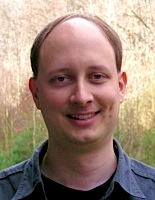 |
Michael | Wand | Statistical Geometry Processing |
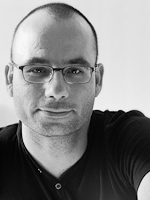 |
Tino | Weinkauf | Feature-Based Data Analysis for Computer Graphics and Visualization |
 |
Martin | Wicke | |
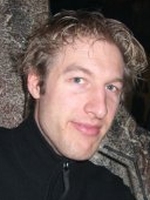 |
Martin | Wicke | Methods for Large-Scale Physical Modeling and Animation |
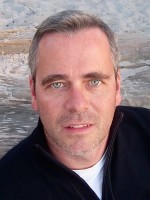 |
Thomas | Wiegand | Image Processing |
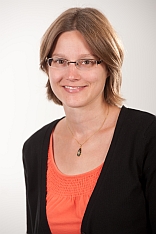 |
Stefanie | Wuhrer | Non-Rigid Shape Analysis |
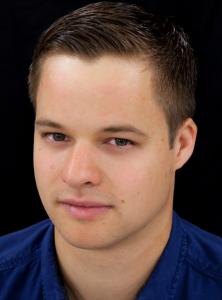 |
Michael | Zollhöfer | Visual Computing, Deep Learning and Optimization |
Researcher
 |
Dr. Michael Zollhöfer |
Visual Computing, Deep Learning and Optimization
| Name of Research Group: | Visual Computing, Deep Learning and Optimization |
| Homepage Research Group: | web.stanford.edu/~zollhoef |
| Personal Homepage: | zollhoefer.com |
| Mentor Saarbrücken: | Hans-Peter Seidel |
| Mentor Stanford: | Pat Hanrahan |
| Research Mission: | The primary focus of my research is to teach computers to reconstruct and analyze our world at frame rate based on visual input. The extracted knowledge is the foundation for a broad range of applications not only in visual effects, computer animation, autonomous driving and man-machine interaction, but is also essential in other related fields such as medicine and biomechanics. Especially, with the increasing popularity of virtual, augmented and mixed reality, there comes a rising demand for real-time low latency solutions to the underlying core problems. My research tackles these challenges based on novel mathematical models and algorithms that enable computers to first reconstruct and subsequently analyze our world. The main focus is on fast and robust algorithms that approach the underlying reconstruction and machine learning problems for static as well as dynamic scenes. To this end, I develop key technology to invert the image formation models of computer graphics based on data-parallel optimization and state-of-the-art deep learning techniques. The extraction of 3D and 4D information from visual data is highly challenging and under-constraint, since image formation convolves multiple physical dimensions into flat color measurements. 3D and 4D reconstruction at real-time rates poses additional challenges, since it involves the solution of unique challenges at the intersection of multiple important research fields, namely computer graphics, computer vision, machine learning, optimization, and high-performance computing. However, a solution to these problems provides strong cues for the extraction of higher-order semantic knowledge. It is incredibly important to solve the underlying core problems, since this will have high impact in multiple important research fields and provide key technological insights that have the potential to transform the visual computing industry. In summer 2019 Michael Zollhöfer joined Facebook. |
Researcher
- Name of Researcher
- Mykhaylo Andriluka
- Homepage of Research Group
- First Name
- Mykhaylo
- Last Name
- Andriluka
- Foto
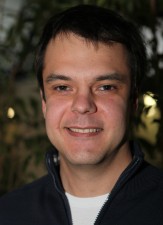
- Phone
- Position
- People Detection and Tracking
- Mentor in Saarbruecken
- Bernt Schiele
- Mentor in Stanford
- Andrew Ng
- Categories
- Former Groups
- Research Mission
- People detection, tracking, pose estimation and activity recognition in images and video are important and challenging tasks with many practical applications. The goal of my research is to develop solutions for these tasks that are applicable in challenging real-world conditions such as onboard footage from moving vehicles, YouTube videos or images on the web. Current computer vision systems rely heavily on machine learning techniques in order to learn how to perform visual recognition tasks from training examples. However, existing methods involve manual design of the whole recognition pipeline that involves defining the key components of the model, its structure, and encoding prior knowledge by choosing appropriate prior distributions, independence assumptions and manually set parameters. Building complex trainable computer vision systems without requirement for complex manual design is another goal that I pursue with my work. On this route I am currently focusing on methods that allow to leverage large-scale datasets and can be trained end-to-end. I am also actively exploring new ways to acquire large scale datasets by means of computer graphics, crowd-sourcing and semi-supervised learning.
- mission_rtf
- Name of Research Group
- People Detection and Tracking
Personal Info
- Photo

- Website, Blog or Social Media Link
